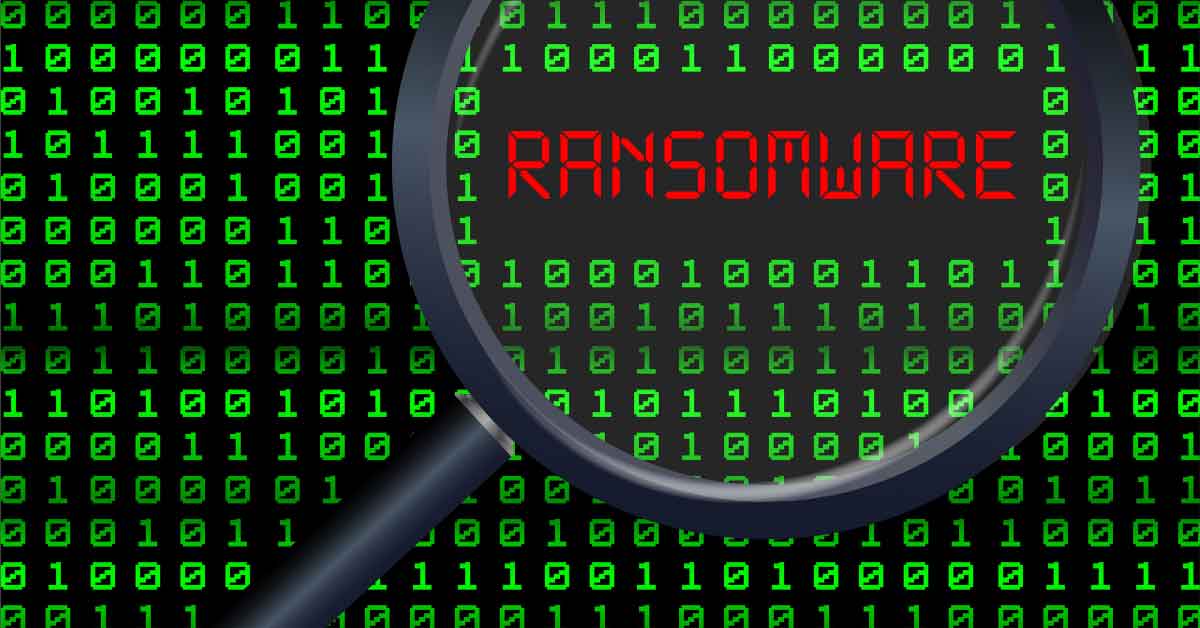
How widespread is ransomware currently? Who has been affected by it?
In this post, we’ll highlight ransomware cases that have hit the news lately.
If you don’t know what ransomware is, it’s basically a form of malware that encrypts the victim’s files and locks access to their computer until a sum of money is paid. In most cases, ransomware will also spread to other vulnerable computers in the local network.



